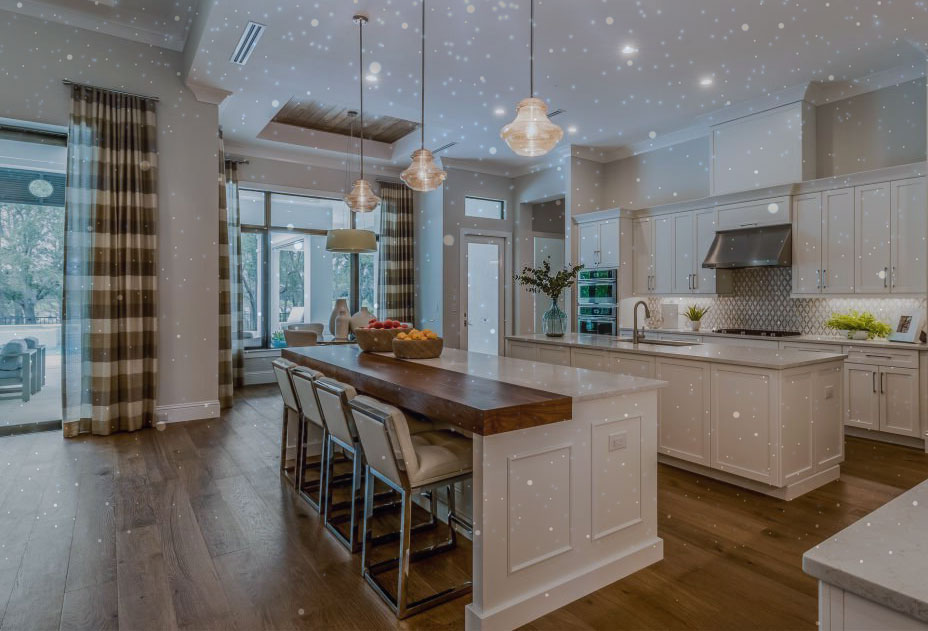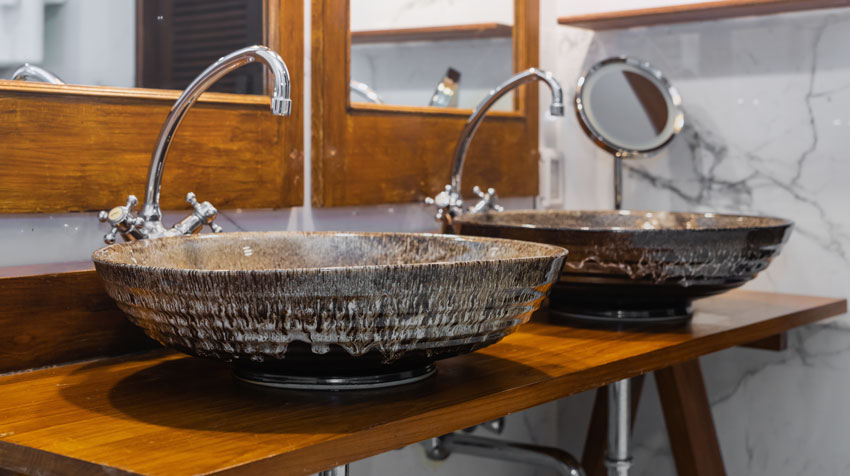
Introduction
When it comes to decorating your kitchen, curtains might not be the first thing that comes to mind, but they can play a crucial role in transforming the look and feel of your culinary space. Kitchen curtain ideas have evolved far beyond their utilitarian function of blocking sunlight and maintaining privacy. In this article, we’ll explore a variety of creative and stylish kitchen curtain ideas that will not only enhance your kitchen’s aesthetics but also make it a more inviting and functional space.
Choosing the Right Fabric
1. Lightweight Fabrics for Airiness
If you have a small kitchen or one with limited natural light, opt for lightweight fabrics like linen or cotton. They allow sunlight to filter through, creating an airy and open ambiance.
2. Heavy Fabrics for Elegance
For a touch of elegance and warmth, heavy fabrics like velvet or brocade are perfect. They add a cozy feel to your kitchen, making it a comfortable place to spend time in.

Curtain Length and Style
3. Floor-Length Curtains for Drama
If you want to make a statement, choose floor-length curtains. They add drama and sophistication to your kitchen, drawing the eye upward and making the space appear larger.
4. Cafe Curtains for Charm
Café curtains, which cover only the lower half of the window, are a charming choice. They provide privacy while allowing plenty of natural light to enter.
Color Palette
5. Neutral Tones for Versatility
Neutral colors like white, beige, or light gray are versatile choices that can complement any kitchen decor. They establish an immaculate and ageless aesthetic.
6. Bold Colors for Personality
If you want to infuse your kitchen with personality, consider bold colors or patterns. They can add vibrancy and character to your space.
Curtain Hardware
7. Decorative Rods for Elegance
Choosing decorative curtain rods can elevate the overall look of your kitchen. Select options that match your kitchen’s style, whether it’s traditional, modern, or eclectic.
8. Tiebacks and Holdbacks for Functionality
Tiebacks and holdbacks are not only functional but also decorative. They help keep curtains in place while adding a touch of style.
DIY Kitchen Curtain Ideas
9. Vintage Tea Towels
Repurpose vintage tea towels into unique and charming kitchen curtains. It’s an eco-friendly and creative way to decorate your space.
10. Stenciled Patterns
Personalize plain curtains with stenciled patterns or designs that match your kitchen’s theme. It’s a budget-friendly DIY project.
Maintenance and Cleaning Tips
11. Regular Cleaning
To keep your kitchen curtains looking their best, make sure to clean them regularly. Adhere to the care guidelines provided by the fabric’s manufacturer for proper maintenance.
12. Dust and Grease
Kitchens can accumulate dust and grease, so it’s essential to address these issues promptly to maintain the cleanliness of your curtains.
Conclusion
Incorporating stylish curtains into your kitchen decor can make a world of difference in the overall ambiance of the space. Whether you opt for lightweight fabrics, dramatic floor-length curtains, or DIY projects, there are countless kitchen curtain ideas to explore. So, why wait? Elevate your culinary space with style by choosing the perfect curtains that reflect your taste and personality.
FAQs
No, kitchen curtains can be both decorative and functional. They offer privacy, control sunlight, and add style to your kitchen.
It’s best to choose fabrics that are easy to clean, as kitchens can be prone to spills and splatters. Fabrics like cotton, linen, and polyester blends are good choices.
Take the measurement starting at the upper edge of the window frame and extend it to your desired curtain length. For floor-length curtains, measure to the floor.
Yes, you can choose sustainable and eco-friendly fabrics for your kitchen curtains, such as organic cotton or hemp.
Yes, choosing the right curtain style, such as café curtains or sheer panels, can make a small kitchen appear more open and spacious.
Stay with us to get more informative information about Kitchen and Dining.

































